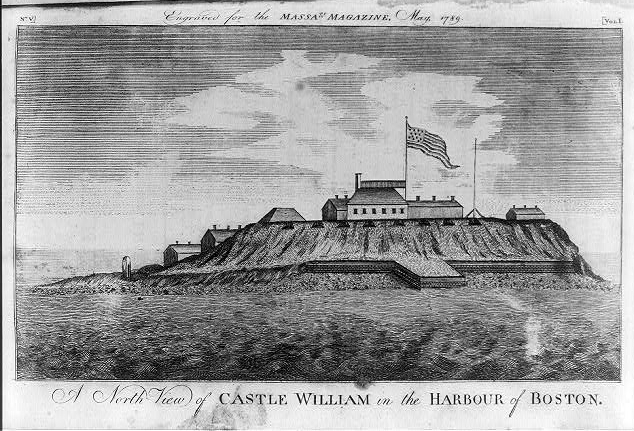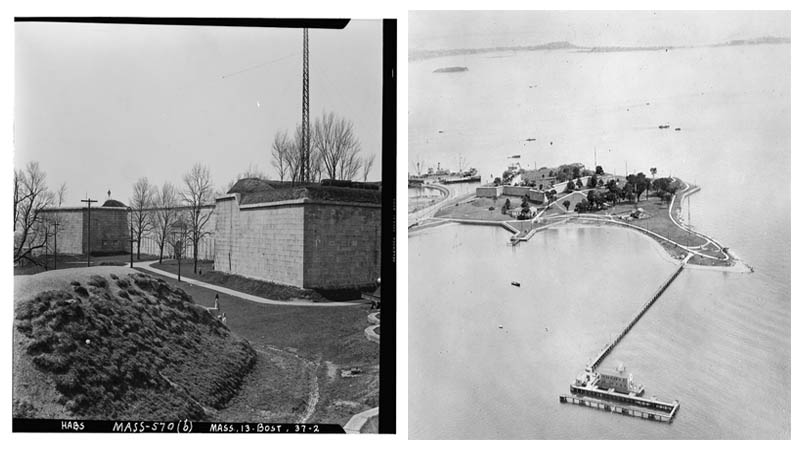Castle Island lies in the waters of Boston Harbour, just south of Logan Airport. Technically, it is not an island. It was connected to the mainland via a landfill that was completed in the 1920s. Old maps still exist in which Castle Island can clearly be seen separated from the mainland.
These maps and old writings can tell us a lot about the history of the place and the fort that stands on top of it. According to researchers, experts were sent out in 1634 to inspect the nearby islands in Boston Harbour in search of the perfect location for a fort.

They deemed that Castle Island was the ideal location and so Fort Independence was constructed. Initially, it consisted of a mere earthwork equipped with barely three cannons. It remained in use for a full decade and was then replaced with a more “modern” wooden fort made out of pine logs. Ten years later, it went through yet another major overhaul.

This last fort remained in service for 20 years until a fire, apparently accidental, completely destroyed it in 1673. A new fort was constructed; this time, it was built completely out of stone.

Soon a pattern was born, and in 1692, the fort received yet another renovation in which new weapons were installed. The expansions didn’t stop there and continued over the years with more major developments in 1703.

The fort has a very colorful military history. It played a role in the siege of Boston, which began in 1775 and ended in 1776 when George Washington led the military to expel the British forces on March 17th.

When the Brits left, they completely destroyed the fort, reducing it to mere rubble. Castle Island was once again in need of a new one.
George Washington knew the importance and the strategic location of Castle Island. He hired the best engineer he knew, Colonel Richard Gridley, and pretty soon, a new fortification rose from the rubble of the old one.

The fort was most commonly referred to as Castle William. However, when the American Revolutionary War started, it became known as Fort Adams. When the war was over, it was converted into a prison and remained in constant use until 1805. The name that it bears today, Fort Independence, was given to it in 1797.

According to researchers, Edgar Alan Poe served at the fort in 1827. Some say that it was during this time that the inspiration for The Cask of Amontillado struck his young 18-year-old self. We do know for a fact that Poe served at the fort, but the true inspiration behind his story is still a mystery.

Today, the site is a popular tourist destination and serves as a state park perfect for quiet strolls and family picnics. In 1970, it became part of the National Register of Historic Places. Many people come to visit each year, and the fact that a road connects the island with the rest of Boston makes it easily accessible. Also on the island is a large obelisk dedicated to Donald McKay, the famous shipbuilder and designer of 38 ships.
